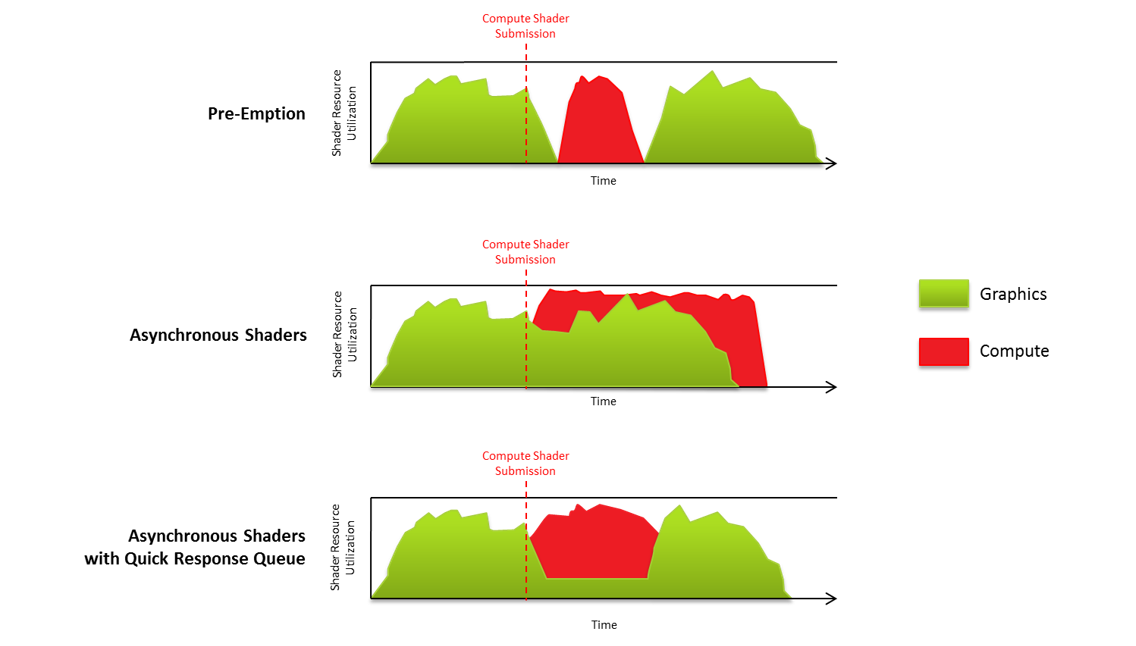- Joined
- May 18, 1997
- Messages
- 55,620
John over at eTeknix does a deep dive on OpenGL and Vulkan in DOOM. For what it is worth, we had a hell of time too getting PresentMon to work with DOOM, but finally figured out the hoops we needed to jump through. He also covers a large group of GPUs from GTX 1080 and Fury X down to 380X and 960. For it is worth, it looks like his data lines up with ours that we have been seeing in GPU reviews.
In summary, Vulkan isn’t just a small boost for AMD graphics cards, it provides a humongous performance improvement which cannot be overemphasised. If you own an AMD product, please turn on Vulkan because you’ll have a smoother, more consistent user-experience. This also applies to NVIDIA users, but I’d recommend doing some additional testing to ensure the frame-rate is higher.
![[H]ard|Forum](/styles/hardforum/xenforo/logo_dark.png)

